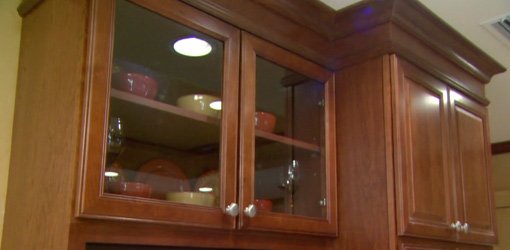The foam will obviously cause bubbles to form and create a messy uneven result.
How to keep bubbles from forming on polyerethane floor.
It came out great.
Painters and furniture finishers hardly ever apply polyurethane with a roller because of its propensity for forming bubbles.
Go with thin coats.
Pour more material as needed.
Use a good china bristle brush and flow the poly on the substrate.
Do not over brush.
The first coat on the top looked good too.
After i stripped sanded and stained my solid oak kitchen table i brushed three coats of polyurethane on the underside.
They can form even when you use a high quality paintbrush however and if you don t catch them while they re fresh they become part of the finish.
It lengthens the process but once the wood is sealed you ll be applying the poly onto a smoother surface reducing the surface aberrations and reducing the likelihood of creating bubble pockets as you go.
Suggestions re bubbles in polyurethane.
I didn t shake the can and the brush didn t leave any bubbles behind.
This type will not create foam or bubbles when used to apply the finish.
Dragging the finish in a continuous motion across the entire floor greatly reduces the likelihood of bubbles forming.
Apply the minwax polyurethane finish with even strokes to avoid creating foam.
Even though it is an extra step in the process it will make the application of the polyurethane much easier quicker and likely bubble free.
But large bubbles formed in the second coat about 10 minutes after i applied it.
Keep it on the floor at all times even when you turn and hold it at an angle so material trails off one end.
You may be over brushing.

